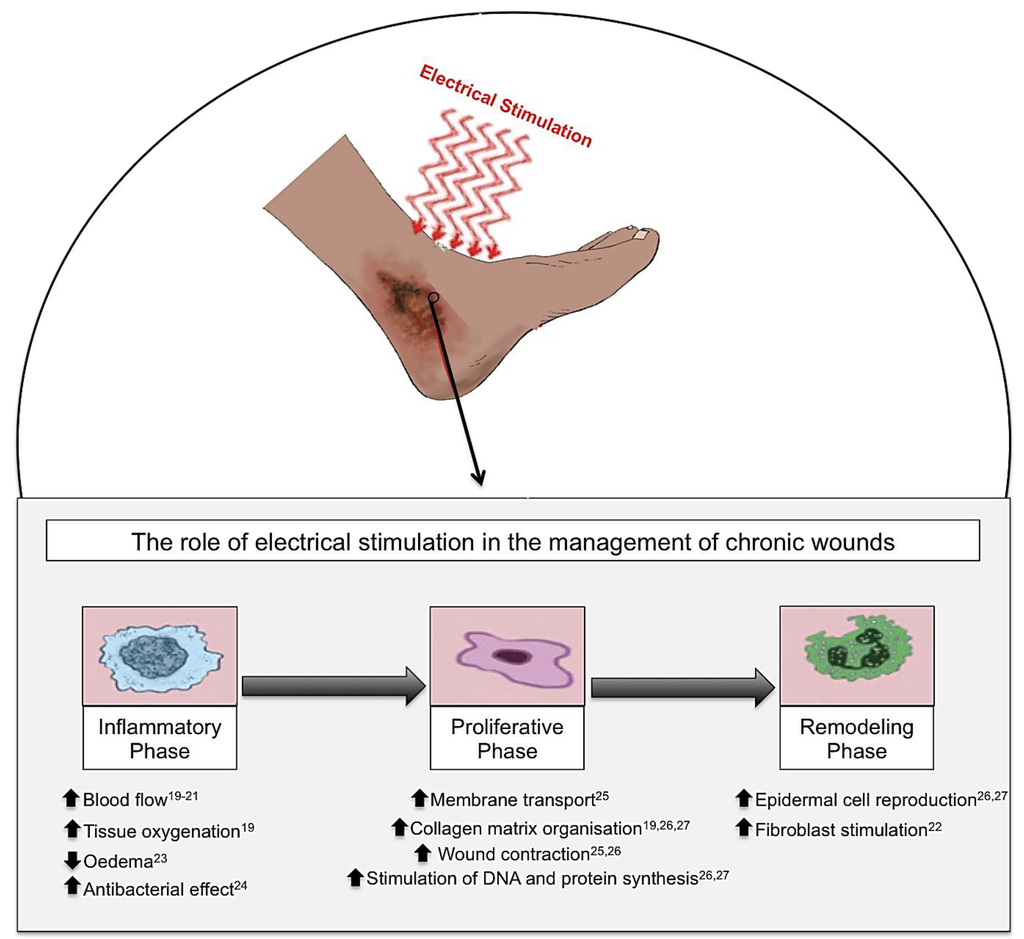Wound Care
Therapeutic Effects
- Evidence based wound treatment for difficult to heal or chronic wounds
- Offered to patients in the own home or assisted living facility
- Time tested, heavily researched intervention
- Painless treatment
- Supplement to existing topical agents and dressings
- Typical wound healing rate of 38-45% per week noted
- No adverse effects
- Research indicates statistically significant wound healing versus controls with pressure ulcers, venous stasis ulcers and infected wounds
- Enhances “Skin Battery Effect” essential to wound healing
*Images and some content were taken from this article: http://mdpi.com/2227-9032/2/4/445/htm



